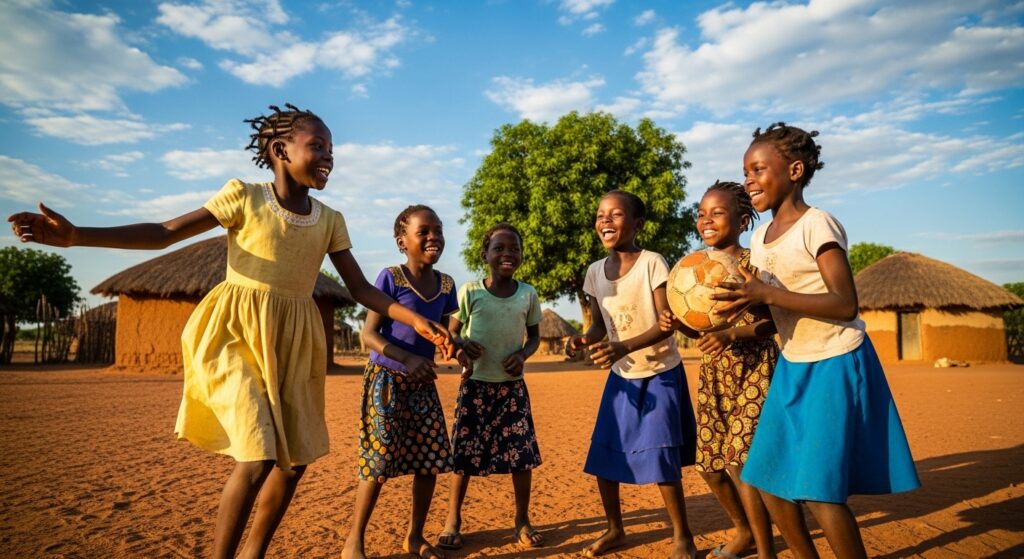
The world is full of untapped potential, and a significant portion of it lies in the hearts and minds of girls around the globe. The education and empowerment of the girl child are not just feel-good initiatives; they are crucial investments that have a ripple effect, transforming not only individual lives but entire communities and nations.
The Challenges They Face
Despite the undeniable benefits of empowering girls, millions still face significant barriers. In many parts of the world, a girl’s destiny is dictated by poverty, cultural norms, and lack of access to basic resources. Challenges such as:
Poverty: Financial constraints often force families to prioritize the education of a male child over a female, as boys are seen as future breadwinners.
Child Marriage: An alarming number of girls are forced into early marriage, effectively ending their education and childhood.
Gender-Based Violence: Girls are at a higher risk of violence, both on their way to school and in school itself, leading to higher dropout rates.
Lack of Sanitation: Inadequate or unsafe sanitation facilities in schools can cause girls to miss classes or drop out entirely once they reach puberty.
These challenges create a cycle of disadvantage, where a lack of education leads to limited opportunities, which in turn perpetuates poverty and inequality for generations.
The Transformative Impact of Education
When a girl is given the chance to learn, she becomes a catalyst for change. The benefits of educating girls are vast and well-documented:
Improved Health Outcomes: Educated women are more likely to have smaller, healthier families. They are better informed about nutrition and healthcare, leading to lower infant and maternal mortality rates.
Economic Growth: Educated women have a greater chance of escaping poverty. When they enter the workforce, they contribute to the economy, boosting national productivity and prosperity. A World Bank study estimates that the lack of educational opportunities for girls costs countries trillions of dollars in lost productivity and earnings.
Breaking the Cycle of Poverty: As an African proverb wisely states, “If you educate a boy, you educate one person. If you educate a girl, you educate a family—and a whole nation.” An educated mother is far more likely to ensure her children, both boys and girls, also receive an education.
Empowered Voices: Education provides girls with the confidence and skills to participate in society, advocate for their rights, and become leaders in their communities.
Real-Life Stories of Resilience and Triumph
The impact of empowering girls is not just theoretical; it can be seen in the lives of countless inspiring women who have overcome adversity to achieve their dreams. From young women who returned to school after becoming mothers to those who have started their own businesses or become community health workers, these stories are a testament to the power of a single opportunity. They show that with support and a chance to learn, a girl can become a champion for herself, her family, and her community.
How We Can All Help
The work of empowering the girl child is a collective responsibility. Here are a few ways we can all contribute:
Support Girl-Focused Initiatives: Donate to or volunteer with organizations that provide scholarships, mentorship, and safe spaces for girls.
Challenge Harmful Norms: Speak out against cultural practices like child marriage and advocate for policies that promote gender equality.
Raise Awareness: Use your voice and platform to educate others on the importance of girls’ education and the challenges they face.
Be a Mentor: Provide guidance and encouragement to a young girl in your life, helping her believe in her own potential.
Investing in the girl child is the smartest investment we can make. It’s an investment in health, prosperity, and a more equitable world for all. By championing her right to learn, to grow, and to dream, we are building a foundation for a brighter, more inclusive future.
